Chia seeds are popularly referred to as a "superfood." Often consumed for their health benefits and ease of preparation, chia seeds are valued for their high levels of fiber, protein, and fatty acids. Not only nutritious, they also offer a distinct gooey texture when soaked in liquids, creating the infamous chia pudding.
Chia seeds are also used as an ingredient in a host of cooking and baking applications. Should you find yourself wanting to make any of them but are out of chia, look no further. We’ve got some great chia seed alternatives for you to replace chia seeds’ crunchy texture, protein and fiber content, or the gel-like consistency they provide in recipes.
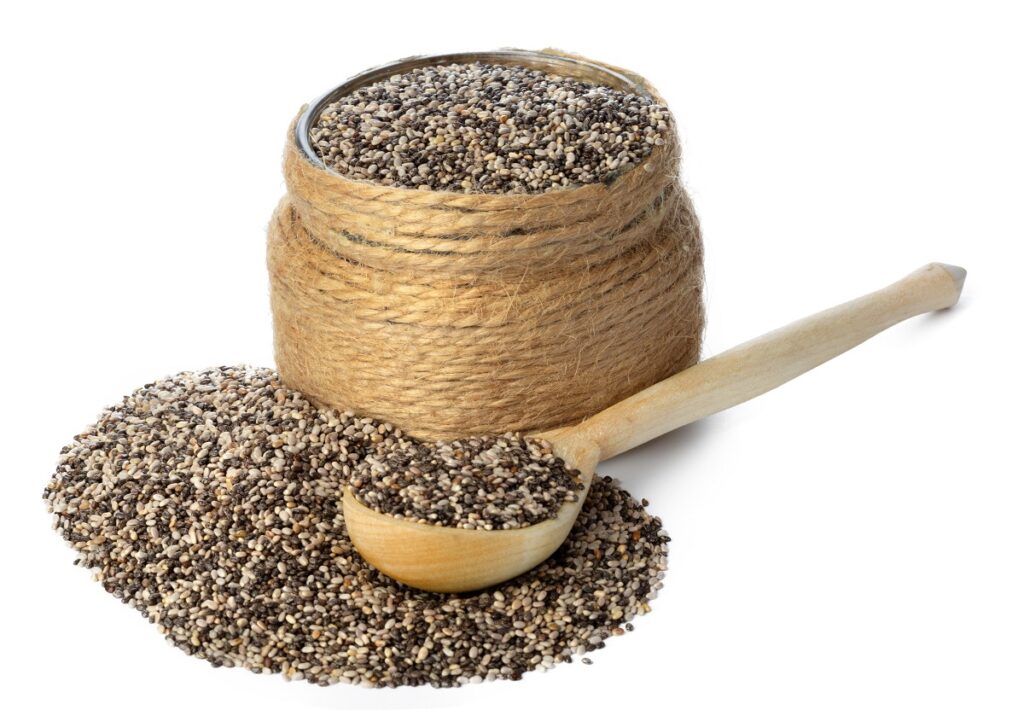
Jump To
What are Chia Seeds?
Chia seeds are derived from Salvia hispanica, a Central American desert plant. The plant comes from the mint family, native to Mexico and Guatemala, which also includes green herbs like basil and rosemary. Chia seeds can either be black or white, and both types are almost the same in taste and nutrition.
These little specks come from the same little bushes as the infamous chia pets of the nineties. Chia seeds were once a mainstay of Mesoamerican diets, particularly the Aztecs, dating back to 3500 BC. To date, the largest producers of chia seeds are Mexico, Guatemala, and Central and South America.
Chia seeds can be eaten whole, raw, soaked in water, or ground into chia seed powder. The versatile seeds have a very mild, subtle flavor, and they usually take on the flavor of the other ingredients in a recipe.
It is recommended to consume ground chia seed powder if consuming the seeds dry, as they’re most effectively absorbed and digested this way. They can also be baked into recipes, or even used as a thickening agent to replace eggs or dairy in vegan recipes. Chia seeds don't compete with other components in a recipe because they don't have any distinct flavor, so theywork well in a variety of sweet and savory recipes.
Chia seeds are prized for their distinct texture. The raw seeds have a crunchy texture, whereas soaked chia is gelatinous and frequently used in cooking as a thickening agent. When soaked in liquid, these nutritious seeds have a distinct texture as they soften and easily break apart. Chia seeds can absorb 12 times their weight in water while maintaining a gel-like appearance and texture.
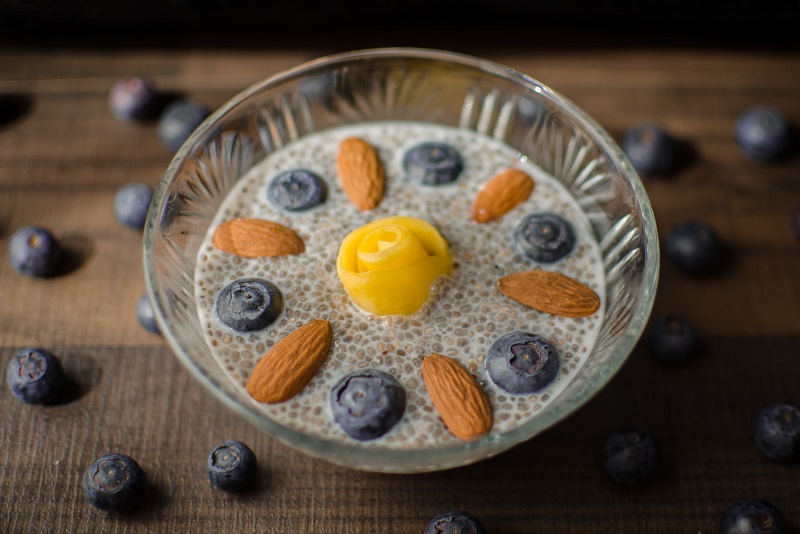
Health Benefits of Chia Seeds
These seeds are also highly nutritious. When consumed as a part of a well-balanced, plant-rich diet, the components found in chia seeds may help prevent the onset of a number of chronic illnesses. These plant-based seeds are packed with nutrition, too.
Two tablespoons of dried chia seeds have 140 calories, 5 grams of protein, 10 grams of fiber, 12 grams of carbohydrate and 9 grams of fat, of which 8 grams are heart-healthy fats. They have one of the highest levels of omega-3 fatty acids of any seeds, and contain complete proteins since they are made up of all nine essential amino acids.
Mucilage, the component that gives moistened chia seeds their gluey texture and soluble fiber, make up the majority of the chia seeds' fiber content. These fibers may lower LDL cholesterol and slow digestion, which help you feel fuller and prevent blood sugar increases after eating.
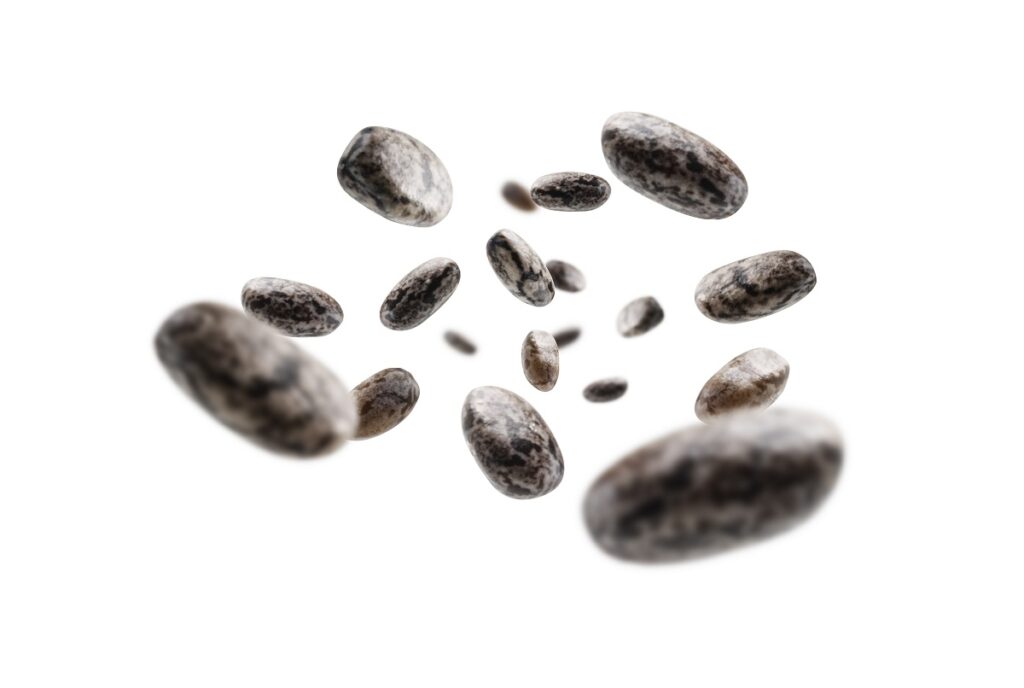
How to Use Chia Seeds
Black chia seeds are typically smaller than white chia seeds, but the types can be used interchangeably in recipes.
Chia seeds are used to increase the nutritive value of many dishes like breakfast foods, baked goods, snacks, smoothies, and healthy bowls. They'll swell up slightly after absorbing liquid, but retain a slight crunch, so you can use chia as a vegan gel to thicken jams, smoothies, puddings, and soups. Simply stir them into these foods after they’ve been cooked, and wait 5 minutes.
You can add chia seeds in any recipe, as long as there is sufficient moisture to keep them from falling out. The best way to soak chia seeds is to combine 1 cup of liquid for every ¼ cup of seeds, and let the mixture sit in the refrigerator for at least 2 hours.
Raw chia seeds, like many other edible seeds, may be sprinkled on top of a variety of dishes. Grind them up and sprinkle them on top of smoothie bowls, oatmeal, cereal, or fresh salads. For a slightly nuttier flavor, toast chia seeds in the oven for about 3 to 5 minutes until fragrant, then add them to foods as you would the raw kind.
If you don't like the crunch of chia in your food, try powdered chia seeds to reap the many health benefits. Some cold beverages also include chia seeds to enhance the flavor and provide a glutinous texture, a popular combination. Soaking them in milk or water for a few hours (or overnight) can give them a tapioca pudding-like texture.
Continue reading to find out how to incorporate these magical tiny seeds into your dishes.
- Overnight Oats with fresh fruit
- Warm Chia Seed Pudding
- Fruit Salad with Chia
- No Bake Ginger Tahini Protein Balls (Without Oats)
- On toast with a bit of blueberry jam with tolerated nut or seed butter
- Chia seeds also work well as a binding agent in baked goods like cakes, scones, muffins, or bread
- Try blending them into smoothies like this yummy Antihistamine Smoothie
- Make chia seed crackers
- Add a crunchy kick to hummus by sprinkling chia
- Sprinkle a few teaspoons into breakfast cereal or granola
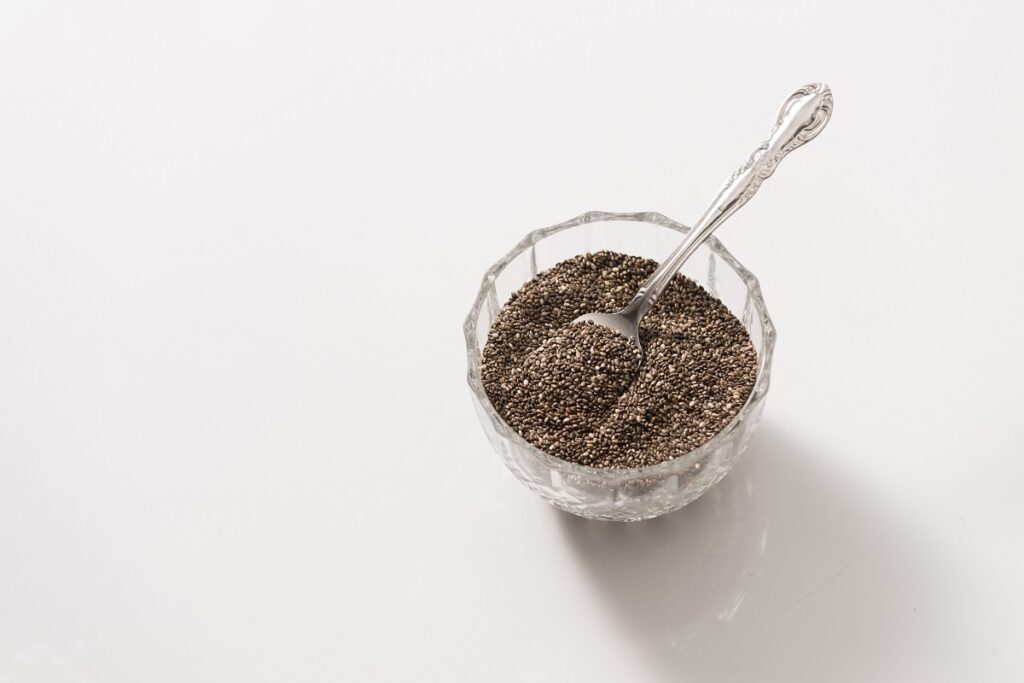
7 Best Chia Seeds Substitutes
Flax Seeds
Flax seeds come from the flowering flax plant Linum usitatissimum. Flax seeds, while slightly larger, contain roughly the same amount of protein and fiber as chia. With the added benefit of a slightly higher level of Omega-3, flax seeds can substitute for chia seeds in a recipe.
When soaked, flax seeds and chia both absorb a lot of liquid and produce a unique gel-textured goo. Flax seeds are also larger and have a smaller surface area than chia seeds, so they will not thicken as much as chia seeds. Use slightly less water with flax, to create a thick gel similar to chia.
Flax seeds can be used in puddings and breakfasts where chia is used to absorb liquid. When substituting, use a 1:1 ratio.
Psyllium Husk Fiber
Psyllium husk is a type of fiber derived from the seeds of the Plantago ovata plant. When powdered, they’re a great way to increase your fiber intake and feel fuller between meals. Much like chia, they're high in soluble fiber, which helps your body digest regularly.
Psyllium husk is an essential ingredient in gluten-free bread baking. It acts as a binder, giving gluten-free bread dough the elasticity, flexibility, and extensibility it requires to knead and shape without any gluten. Unlike chia seeds, psyllium husk doesn’t result in as much bloating or gas as you may experience after eating chia seeds.
It’s more common as a powder, but whole husks can also be found in many stores. In its powder form, it can be used in the same way that chia seeds are- simply mix it with water until it forms a gel before adding it to recipes. Replacing chia seeds with whole husks in smoothies work exceptionally well. You won't taste any difference, but you will get more fiber and nutrients;use as a replacement in a 1:1 ratio.
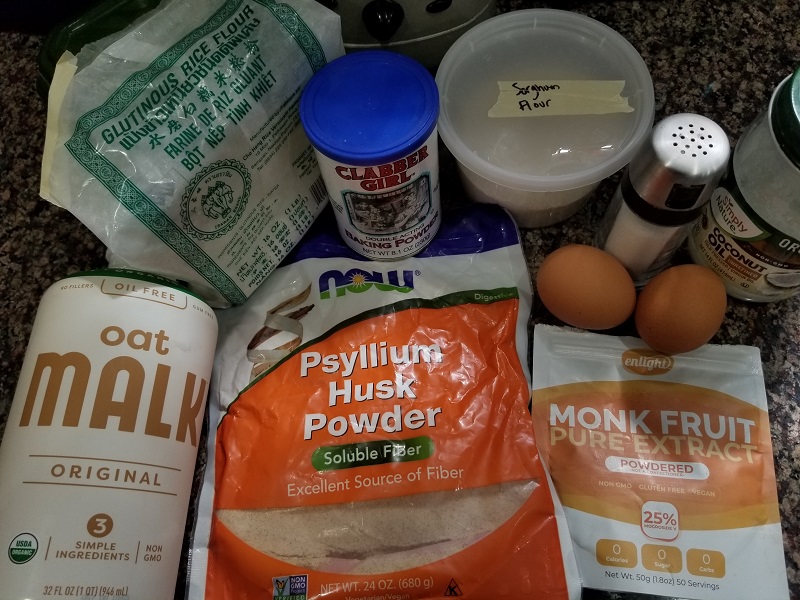
Egg
Everyone is familiar with eggs; they need no further introduction. But in terms of protein, two or three tablespoons of chia equals one large egg. So if you’re after a protein boost and are out of chia, you can use eggs, which are also a gel substitute for chia seeds.
Chia seeds became popular as a vegan egg substitute. To make a chia egg, simply combine 1 tablespoon of chia seeds + 2.5 tablespoons water. A chia egg can be used as an egg substitute in a variety of recipes, including quick bread, waffles, cookies, and more.
Using them interchangeably, one egg replaces one tablespoon of chia seeds mixed with water. The substitution can then be used in baked goods such as cakes, cookies, or other desserts.
Quinoa
Quinoa is the seed of the Chenopodium quinoa plant. Although it is commonly referred to as a grain, quinoa is a type of seed. It doesn’t contain as many nutrients as chia seeds but it is still high in protein and beneficial to your health.
Quinoa is commonly used in salads and vegetable patties, and can serve as an excellent chia seed substitute in recipes with a similar texture when soaked, and can be used in the same way as in chia puddings. To use it as a replacement for chia, you will have to cook the quinoa first in water for 15 to 20 mins before adding it to your pudding recipe.
Sesame Seeds
The sesame plant produces sesame seeds. This nutritious food is widely used in baked goods, meats, salads, roasted dishes, desserts, and as the base for tahini, a popular Middle Eastern paste rich in vitamins and nutrients.
Sesame seeds have a slightly stronger flavor than chia seeds, but they can be easily interchanged in many recipes where a crunchy texture is needed. There are three types of sesame seeds: white, brown, and black, but the white variety is the most common and easily available. Sesame seeds are widely available in supermarkets, and you may already have some in your pantry. Use them as a 1:1 replacement.
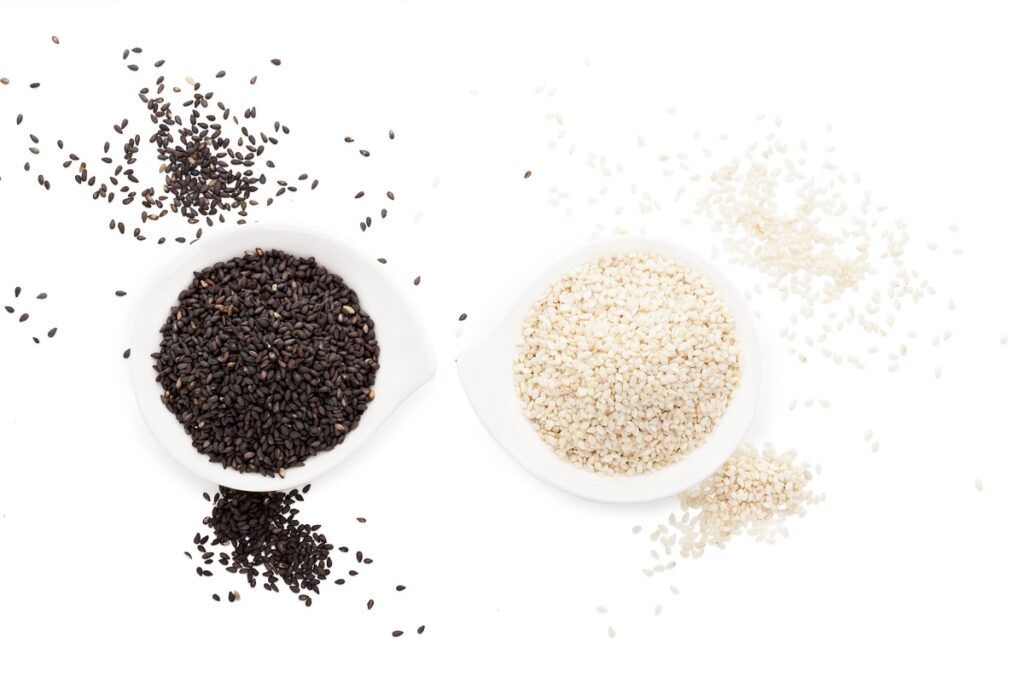
Oat Bran
Oat bran is the outer cover of oat groats. It is made by sieving coarsely ground groats, and used in a variety of hot and cold cereals as well as baked goods such as bread, cookies, and muffins. It contains more fiber and protein than regular oats, so oat bran is a cheaper alternative to chia seeds when you want to add fiber.
When swapping oat bran for chia seeds in a recipe, use it in a 1:1 ratio. It works best in vegetable patties, smoothies and smoothie bowls, crackers, and confections. This option may contain gluten, so if you’re trying to avoid it take a look at our other gluten-free alternatives to chia seeds.
Hemp Seeds
Hemp seeds are small brown seeds from the hemp plant, which has been consumed since ancient times and was once one of the world's most important crops. It has numerous health benefits, including regulating your metabolism and supporting your immune system. Hemp seeds contain all nine essential amino acids and are high in fiber, making them a complete protein source.
Hemp seeds have a wide range of applications and are widely used in popular Asian, Middle Eastern, and European dishes. They are another good chia seed substitute if you want to make your dish crunchy and add a bit of protein. They are frequently used as toppings in baked goods, salads, yogurt, breakfasts, and other dishes. You can also use them to add a mild nutty flavor to cooked meals, as a chia seed swap in a 1:1 ratio.













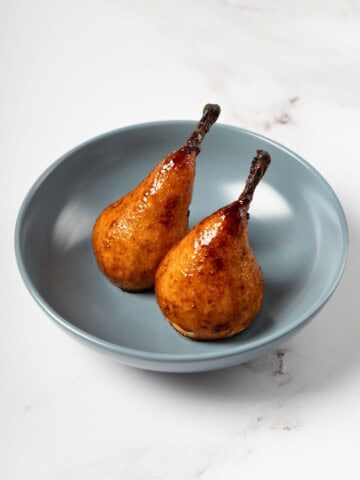
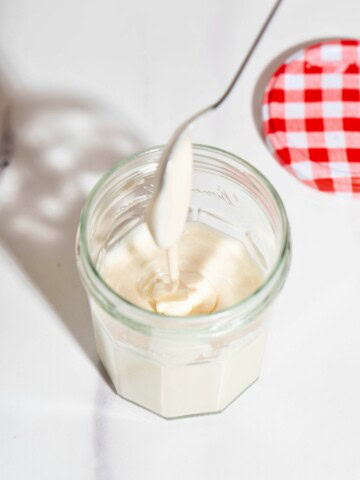
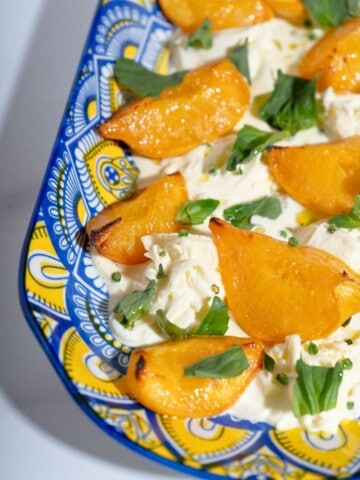
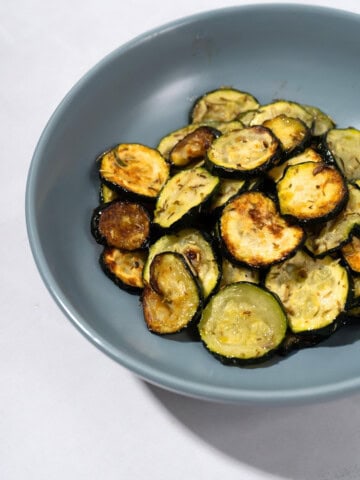
Comments
No Comments